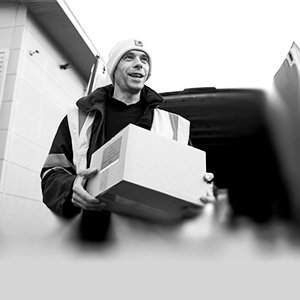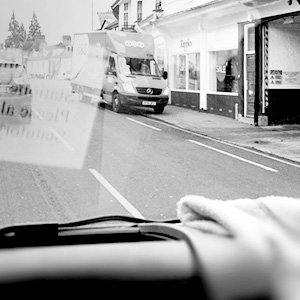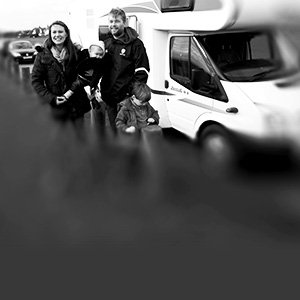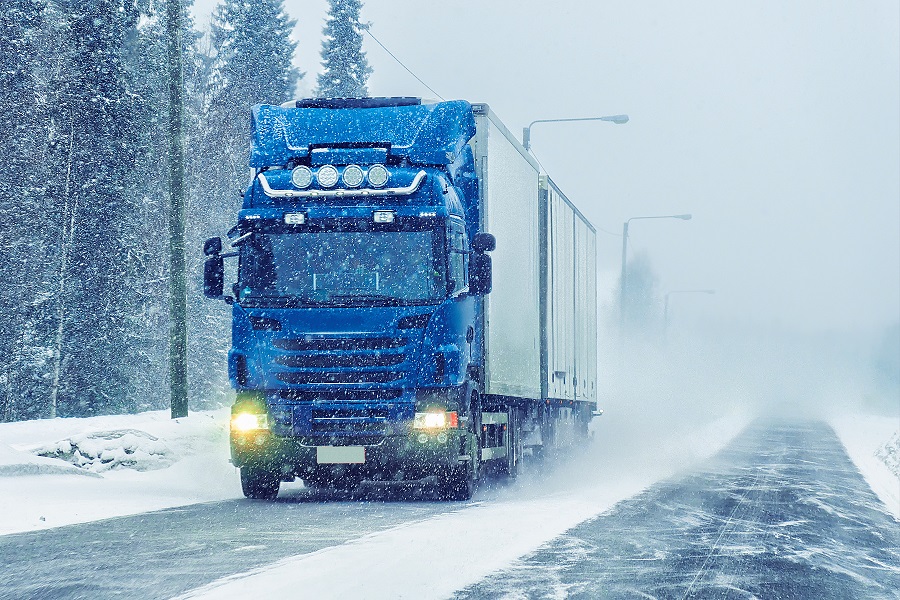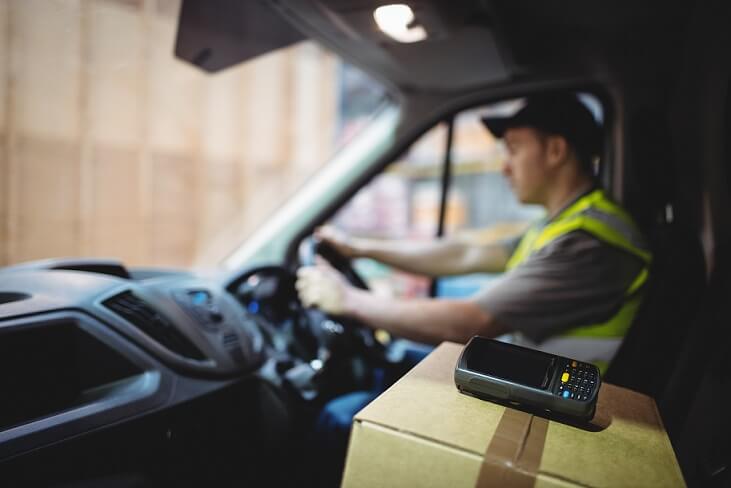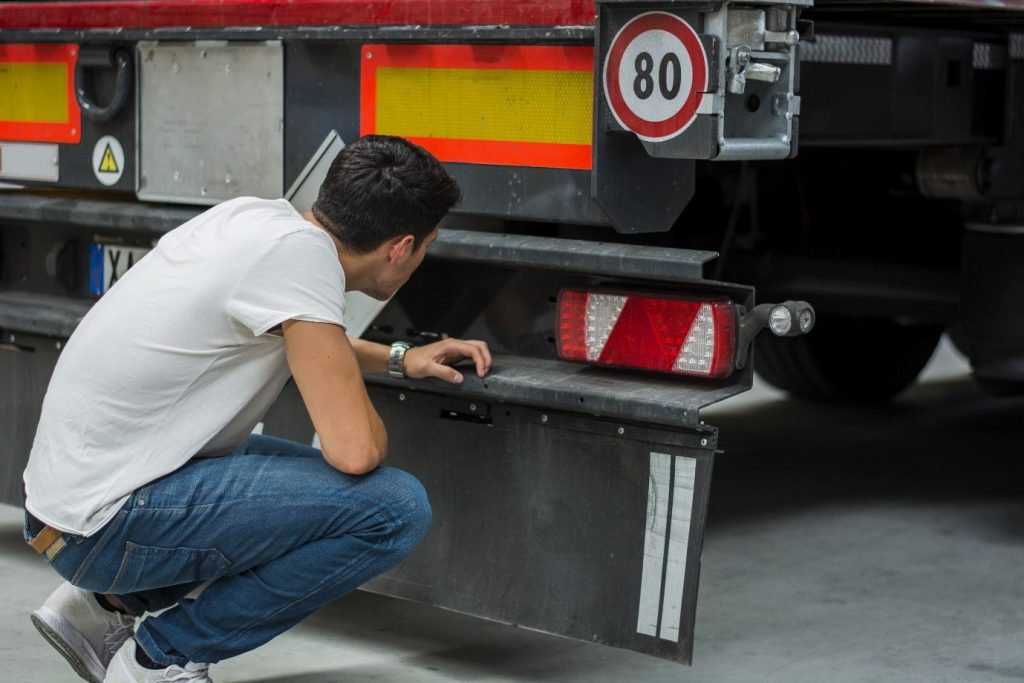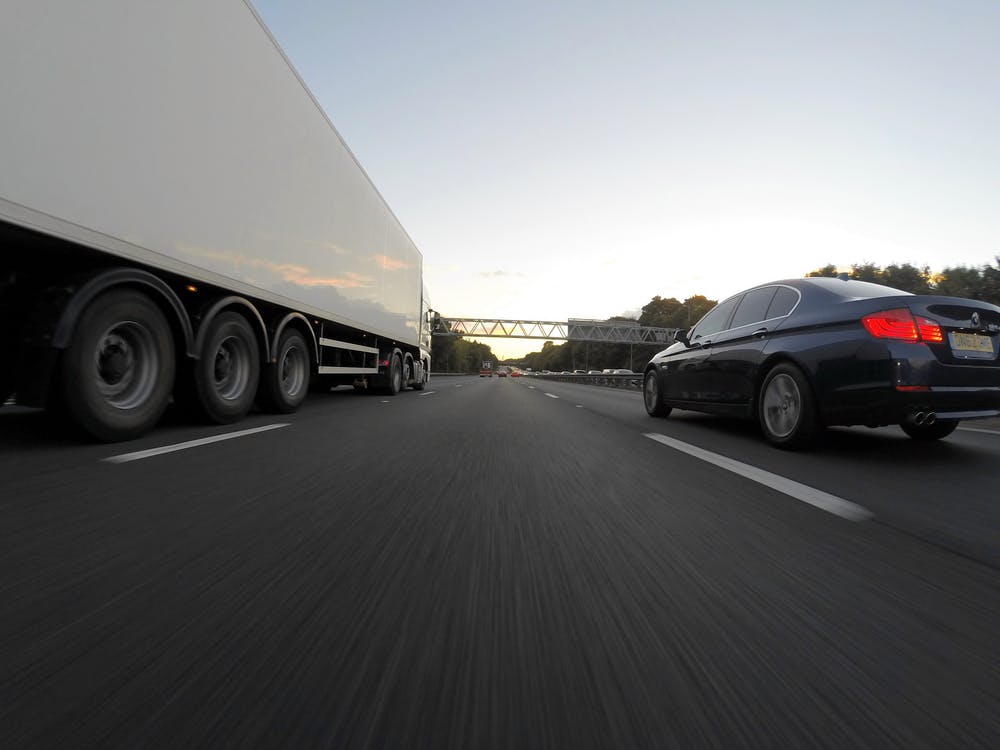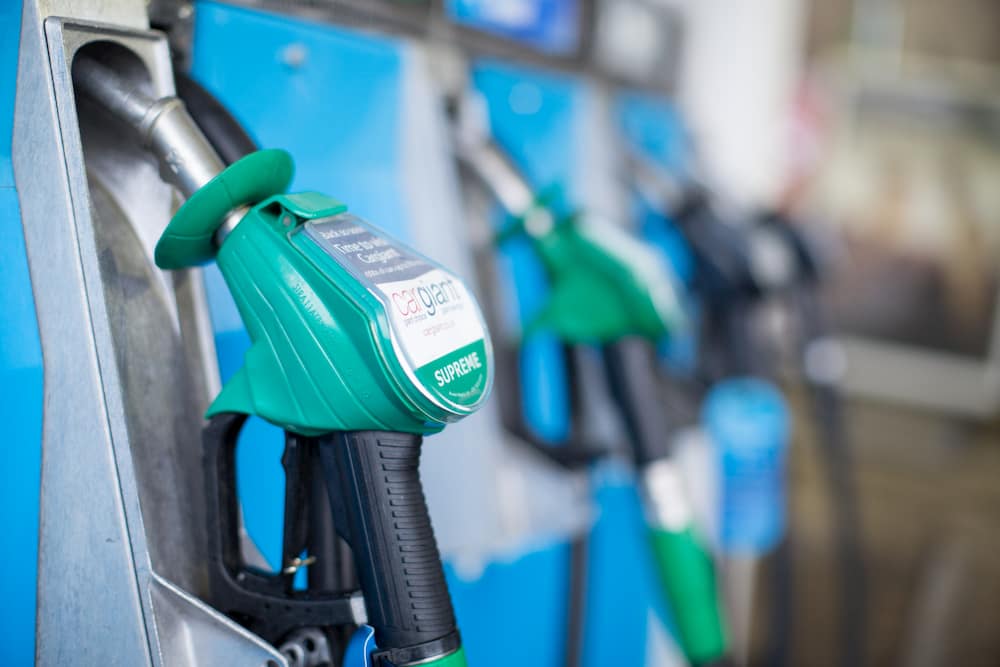As us Brits know more than most, the weather is hugely unpredictable. And unless you’re the driver of the Coca-Cola lorry, you’ll have spent most of your time behind the wheel without the perils of winter weather. With copious amounts of dangerous storms (with deceivingly friendly names) and Jack Frost on the horizon, it’s vital that drivers understand how to drive safely in adverse weather conditions. As HGV insurance specialists, we wanted to provide you with a list of hints and tips to tackle the rough roads ahead.
How to get yourself prepared
First things first, you need to stock up on supplies. So if push comes to shove and you end up braking down without any breakdown insurance, you’re safe for the night. We’d recommend taking:
- A warm hi-vis jacket
- Torch
- Jump Leads
- Gloves and hat
- Blanket
- Food and water
- Winter boots
You’ll also want to ensure that you have made the necessary walk around checks. Whilst it is important to do this regardless of the weather, double checking could save you a load of hassle and time in the future.
Tips for driving in ice and snow
There’s always one driver that thinks they should be on the next episode of Ice Road Truckers, and whilst you may have watched a hundred episodes, it’s a lot different watching it on the TV than doing it for real. Even Alex Debogorski will struggle in the wintery weather!
Driving in snow or ice reduces the vehicles grip of the road surface and the effectiveness of the braking, steering and traction. So, in the worst-case scenario, you may want to consider using the differential lock on the drive axles to increase the grip. In turn, the lack of grip hugely increases the stopping distance to ten times what it normally is, so it’s really important to keep a large distance between you and the vehicle in front. The general rule when driving in snow or ice is to slow down. During this type of weather, it’s actually far more dangerous to hit the maximum speed limit as they are designed for normal road conditions. Avoiding sudden movements of the vehicle can prevent skidding, so ensuring you brake gently is a must. The only exception to this is if you need to stop urgently and your vehicle doesn’t have Anti-lock braking system (ABS). In this incident, you may need to use the stutter braking (or cadence braking) technique which involves rhythmically pushing the break to reduce the effect of skidding and replicating what an ABS does.
Tips for driving in fog
Fog is actually one of the more dangerous weather conditions as it restricts the fundamental attribute a driver needs to drive safely – vision.
When driving along the motorway, you may come across roadside signals or overhead gantry’s that warn you of fog even when the road is clear. If this is the case be prepared for a patch of fog or drifting fog ahead. The lack of visibility won’t just be at your end, so ensure that you keep your fog lights on and try and keep a reasonable distance between you and the vehicle in front, as fog lights can be misleading when there’s fog on the road. When you exit the fog, it’s important to switch off your lights as the Road Vehicles Lighting Regulations 1989 prohibits the use of the fog lights when visibility isn’t reduced, or the vehicle is parked, and you could land yourself a fine if you’re caught.
Tips for driving in heavy rain or flooding
Many inhabitants of the UK will feel that driving in heavy rain is bread and butter stuff, but with flooding and heavy rain rising by 50% over the last decade, it’s better to be safe than sorry!
The initial rain is probably the most dangerous as it can often mix with oil on the road and make the roads slippery. Heavy rain can double the usual stopping distance, so it’s important to make provisions for this. Aquaplaning is also a grave hazard in times of torrential rain. You can avoid this by slowing down and not making any sudden movements. If you find yourself aquaplaning, the best thing you can do is take your foot off the accelerator and calmly turn into a safe area. You’ll also find that driving in heavy rain will hinder your vision so make sure that your windscreen wipers are at a sufficient pace to keep up with the rain. In some incidents, you may have to ford a flooded road, so if you can, you should try and keep to the highest point of the road camber. After you’ve wettened your brakes, you should dab them to test their effectiveness and dry them.
What safety tips do you use when driving in adverse weather conditions? Let us know on our Twitter and Facebook pages.
